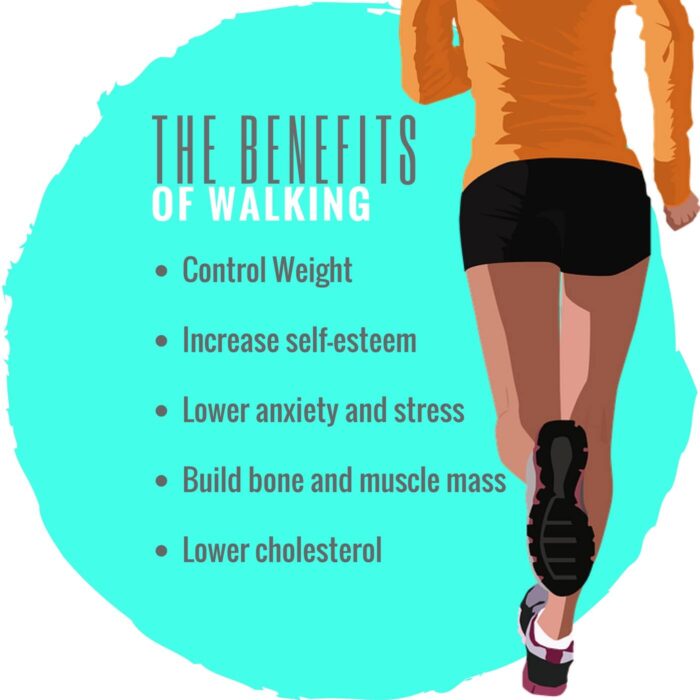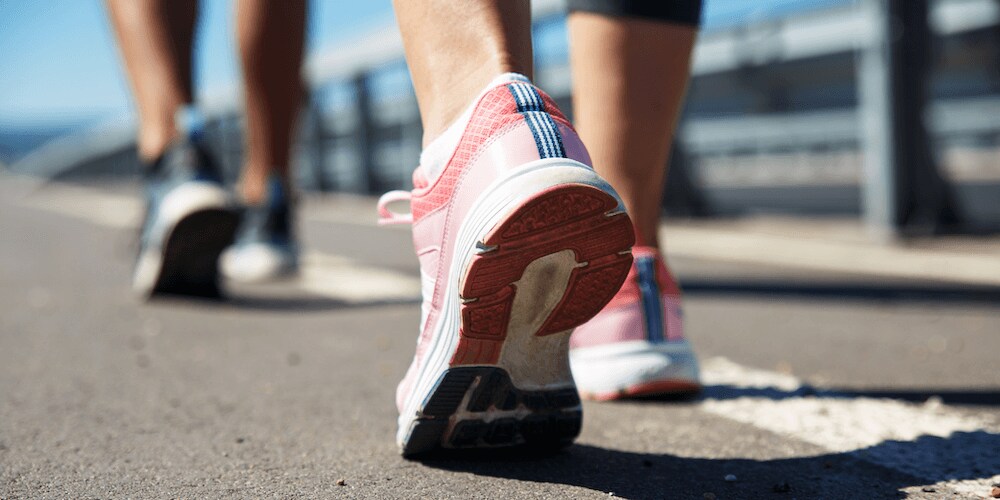Ever felt exhausted just thinking about exercise? Well, hold on – we’ve got some exciting news from a study that shows walking isn’t just a stroll in the park – it’s a highway to better health. And 3967 steps a day is your ticket to that highway!
You don’t need to go all out. Even small tweaks can create a big impact on your health.
Study: Walking 3967 Steps A Day Linked to Lower Risk of Death
Now, I know what you’re thinking: walking? But hear me out. There’s this study that dropped a knowledge bomb – taking a minimum of 3,967 steps a day could give you a serious edge against the Grim Reaper.
And guess what? Even cruising at 2,337 steps daily could lower your odds of kicking the bucket due to heart disease. Not too shabby, huh?
Imagine this: 17 separate studies, with a whopping 2,26,889 people from all around the globe, all saying one thing – the more you walk, the merrier your health gets. I mean, you don’t have to turn into an Olympic sprinter.
According to the European Journal of Preventive Cardiology, taking just 500 to 1,000 steps daily can slash your risk of shuffling off this mortal coil from any cause or heart disease. Who knew counting steps could be your secret weapon?
Read more here:What Your Walking Style Reveals About Your Personality
Talking about steps, let’s break it down. You lace up your sneakers, step out, and go 1,000 steps. Boom – you just turned down the risk of becoming a statistic by a solid 15 percent. It’s like giving a sassy shrug to the idea of an early exit.

But wait, there’s more. Dial it down to 500 steps – congrats, you’re now 7 percent less likely to become a sad heart disease statistic. A step in the right direction, literally!
But here’s a reality check: a quarter of Earth’s population isn’t exactly winning any physical activity medals. Yup, more than 25 percent of us are giving the treadmill a cold shoulder. The study even found that more women and folks from high-income countries are practicing their couch-potato skills.
Oh, and did I mention that the World Health Organization (WHO) has some grim stats? Lack of physical activity is in the top four death causes globally. Wrap your head around this – a whopping 3.2 million folks breathe their last due to inactivity each year. And if that doesn’t get you thinking, I don’t know what will.
They followed participants in this study for seven years – 49 percent of them were sassy 64-year-olds. These wise folks taught us a lesson: age is just a number, and walking could be your fountain of youth.
The researchers found that folks aged 60 and above had a lower risk of dying than their younger counterparts. Just by strolling 6,000 to 10,000 steps, they slashed their mortality risk by 42 percent. Now, isn’t that a step in the right direction?
But hold on, millennials – this isn’t just for the seniors. Young guns, listen up. If you’re strutting your stuff with 7,000 to 13,000 steps a day, you’ve got a slick 49 percent reduction in the risk of meeting the grim reaper early. So why not make those legs do the talking, no matter your age?
So, are you up for a new challenge? It’s not about sprinting like Usain Bolt or hiking Everest. It’s as simple as putting one foot in front of the other.
Whether you’re crushing your 3,967 daily steps or marching your way to 10,000, every stride is a step towards a healthier, happier you.
Read more here: The Art Of Grounding: 7 Healing Benefits Of Walking Barefoot Outside
Your future self will thank you – trust me on that. Now, lace up those shoes and let’s hit the pavement!








Leave a Reply
You must be logged in to post a comment.